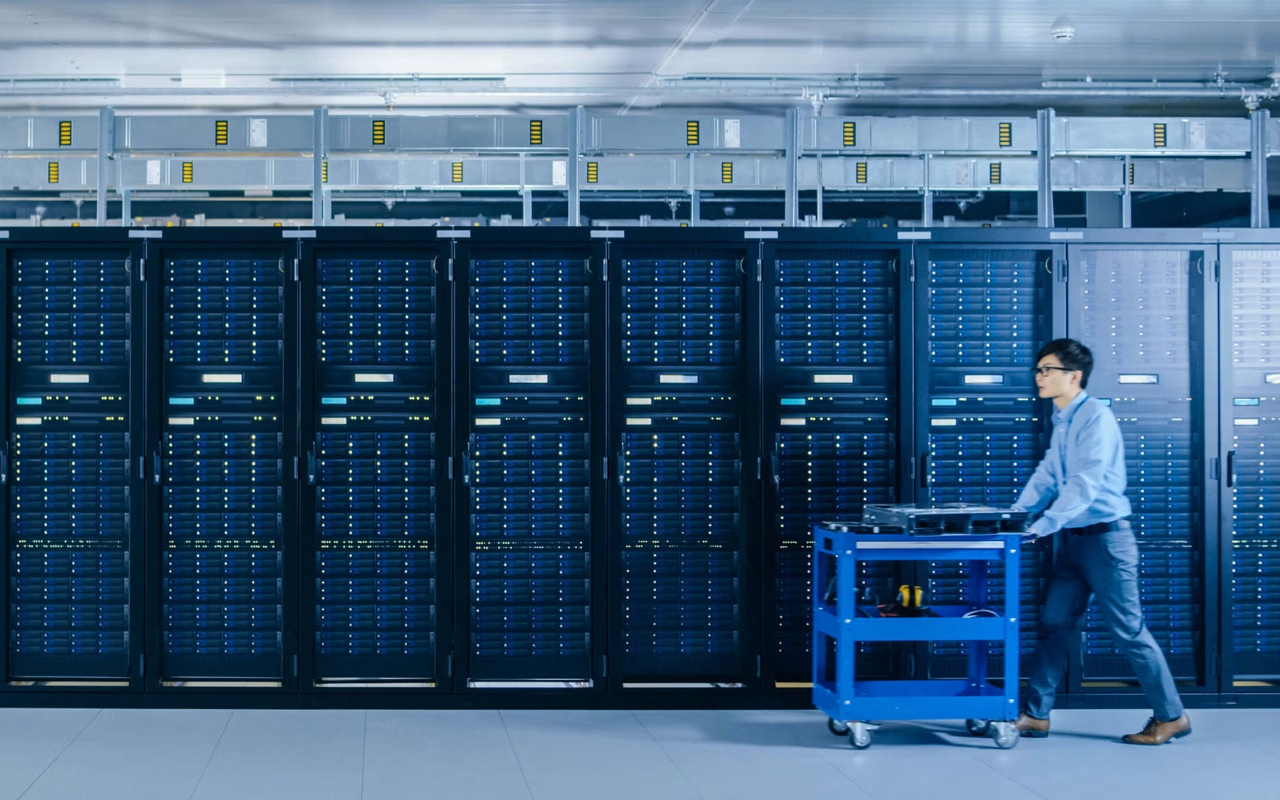The world is going through major transitions. What is promising technology today may be obsolete tomorrow. This has a big impact because (1) it often involves large investments and (2) market success depends heavily on the right technology choices. Modularity provides the best options to build in sufficient flexibility, and that includes a different approach to contracting. A customer perspective.
First some context: In a time of great change, how do you predict which technological and social developments are relevant to your organization? Numerous examples show how difficult that is. Kodak, Nokia and Blackberry are textbook examples where things went historically wrong. But even today’s big technology companies sometimes get it wrong (Google Glass, Facebook Libra). Investment dilemmas play out in virtually every industry. For example, should carriers now rely on electricity or hydrogen for their heavy trucks? And, most topically, what AI applications should an organization put its money on?
Making choices
The challenge: Organizations must make choices in a rapidly changing world but at the same time want the freedom to respond quickly and flexibly to changing circumstances. This is possible by breaking down the technology (and thus one’s own organization) into modules. There are opportunities for this in many markets: many tools and services, for example in the field of compliance, are offered in modular form.
Those who use them can often implement such a module more easily than a total solution and – more importantly – have more freedom to make other choices later. This is useful, for example, if it turns out that a supplier did not bet on the winning horse. A module is then relatively easy to replace with a module from another provider without major modifications to other components. To some extent, it can be compared to Lego: the blocks (unlike the toys) are available from different suppliers and fit or can be made to fit. In an ecosystem, suppliers make it easy to combine each other’s applications. Working with modules provides major advantages in day-to-day operations compared to total solutions. Take, for example, a bank that wants to change the way interest rates are calculated. For a conventional bank with legacy systems that is a lot of work, requiring changes in many places. Modern banks can easily do that in their interest calculation module that is linked to the relevant other systems. DeepSeek seems to owe part of its greater efficiency to a modular structure.
Thinking carefully about similarities
Modularity also has advantages in relations with suppliers: the supplier does not so easily gain an overly dominant position over the customer (“lock-in”) and cannot exploit the customer commercially based on that position – a practice that is quite common in conventional total solutions. The legal assessment of contract terms can then be limited to what is promised: who has what responsibility, how is liability regulated, terminability (and the ability to use it) and compliance. So the context determines the extent of legal attention.
Yet “lock-in” is even conceivable in the case of using modules. For example, if there is no good alternative for a module, or switching between modules is costly. In addition, modularity in an ecosystem also has a potential disadvantage: if different parties have a good ecosystem together, it may become more difficult to use modules from outside that ecosystem. Modules then become entangled with the environment they are in – through data connections or ease of use. The promised flexibility of the modular approach then encounters its limits and the customer cannot get away properly – lock-in effects occur. Then more legal conditions are important, for example in terms of price protection. As a customer you do not want to commit yourself to a longer term, but since you cannot easily leave, either, renewal options without exorbitant price increases are important. In addition: the longer the agreement lasts, the greater the chance that the initial need and contracted capacity no longer fit the later existing need: then it helps tremendously to have agreed prices for capacity adjustments. More protection may also be needed in terms of further development of the product or service.
Finally, it is also important to negotiate protection against unreasonable price increases in divestitures, acquisitions and mergers. After all, technological disruptions can lead to a wave of consolidation. Companies that have made the right development in time can often exploit this by growing rapidly, for example through acquisitions. Companies that have missed the boat may benefit from a combination with a party that has actually developed further. Then it’s nice if the contracts that deal with the technology provide for the possibility of using that technology more broadly without paying the top price.
Thus, legal attention can help better realize the benefits of modular organization and procurement.
Bart van Reeken, advocaat/attorney, Van Doorne, Amsterdam, February 16th, 2025



